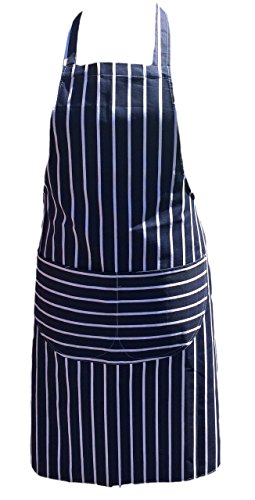The Evolution of Aprons Throughout History
Aprons have been a staple in human clothing for centuries, serving as a practical accessory to keep clothing clean and protect against stains. The history of aprons dates back to ancient times when animal skins were used as aprons to cover the front of the body. Over time, aprons evolved and became more sophisticated to cater to the needs of various professions and purposes.
The Origins of Aprons
The history of aprons can be traced back to ancient cultures, where animal hides were used as aprons for practical purposes. In ancient Rome, women wore aprons called “subligar,” which covered their lower bodies during physical tasks. In the Middle Ages, aprons were primarily worn by men as a protective layer over their clothing in trades such as blacksmithing, pottery, and metalworking.
The Evolution of Aprons in Different Professions
Aprons became more widespread in the 18th century when different professions started adopting them. Doctors wore aprons during surgery to protect against bloodstains, and butchers wore them to protect their clothing. In the 19th and 20th centuries, aprons became common in the foodservice industry, with waitresses sporting frilly, decorative aprons over their dresses, and chefs wearing full-body aprons to keep themselves clean.
The Fashionable Side of Aprons
The history of aprons also includes their influence on fashion. Aprons became a part of women’s everyday clothing in the 19th century, with the emergence of apron styles that were both functional and fashionable. During the 1940s, aprons became particularly trendy, with vintage styles still popular among home cooks and crafters today.
The Modern-Day Apron
Today, aprons are still worn for practical and fashionable purposes. Modern aprons come in a variety of styles, from utilitarian full-body aprons to cute, frilly half aprons. There are aprons specifically designed for different professions, including those for baristas, tattoo artists, and chemists. The evolution of aprons has shown that, for centuries, aprons have served a practical and fashionable purpose in human clothing.






